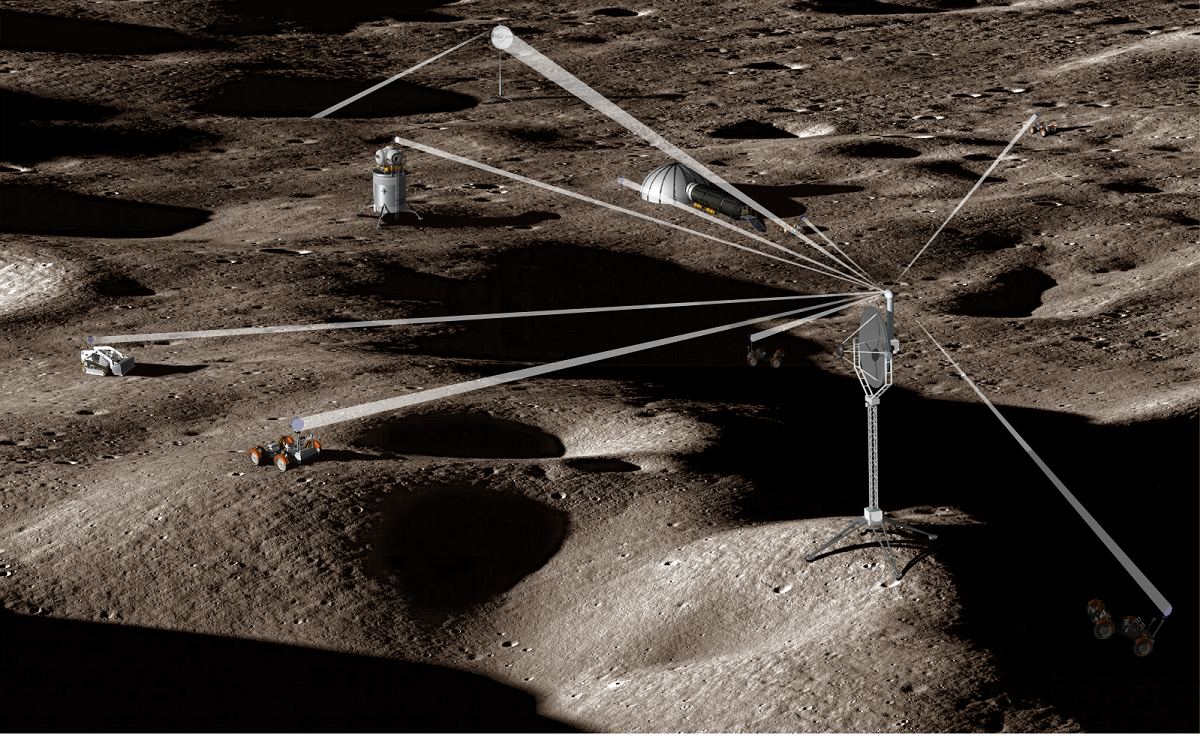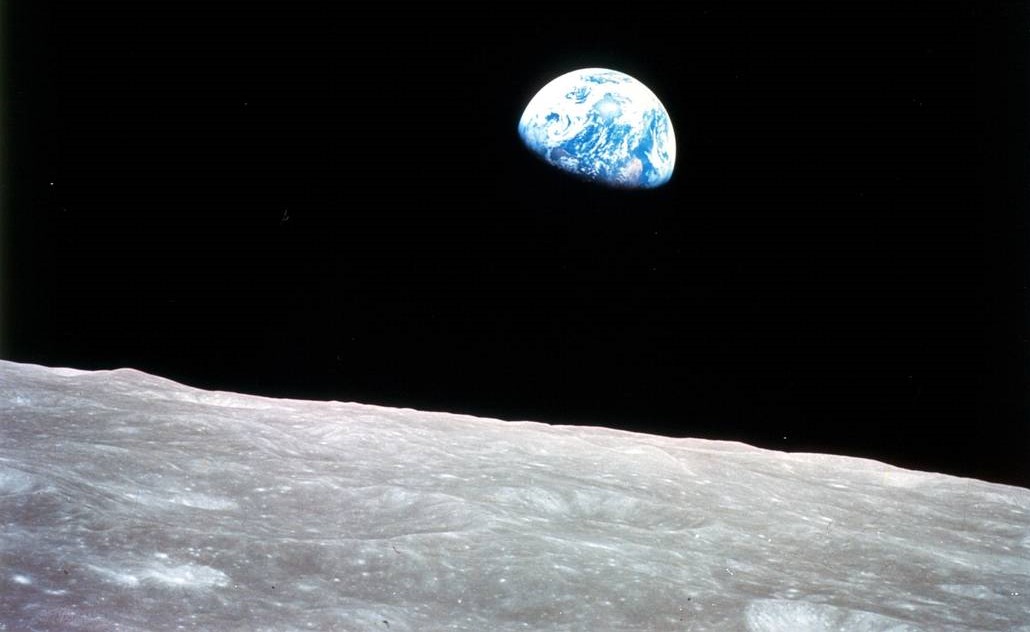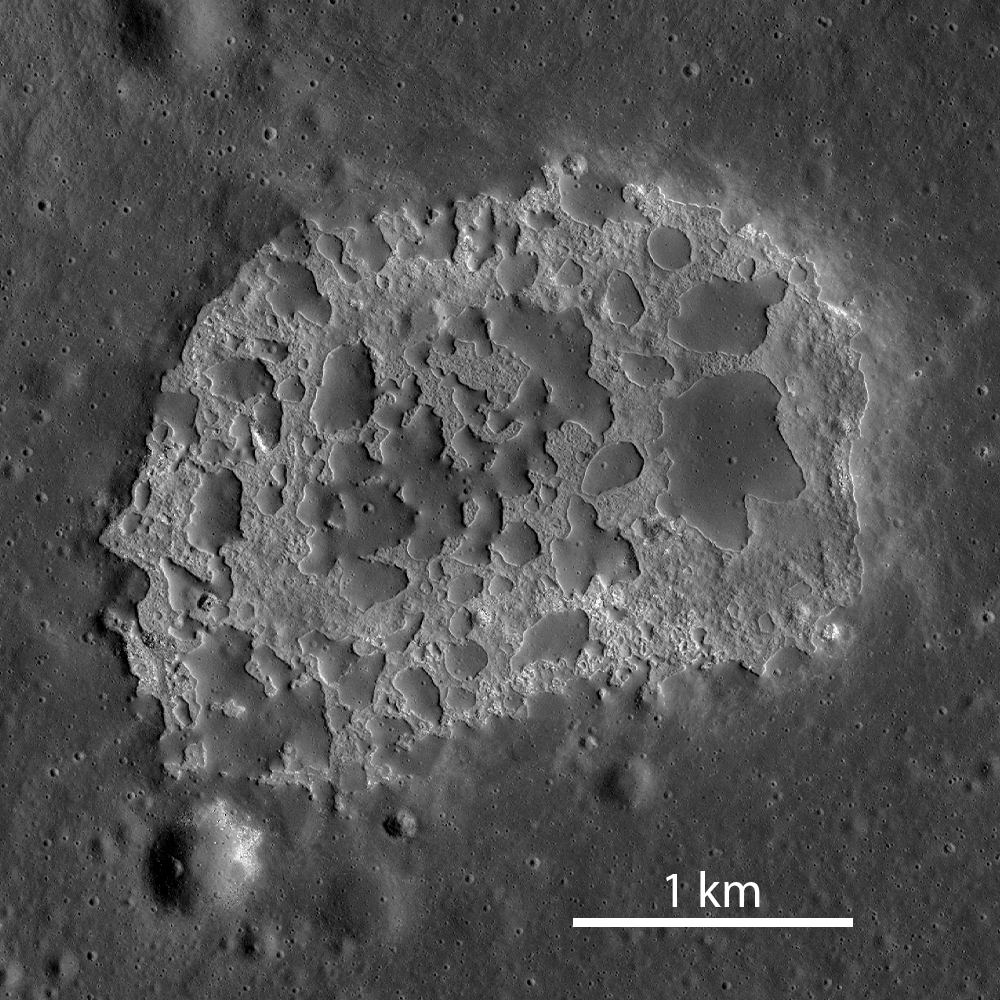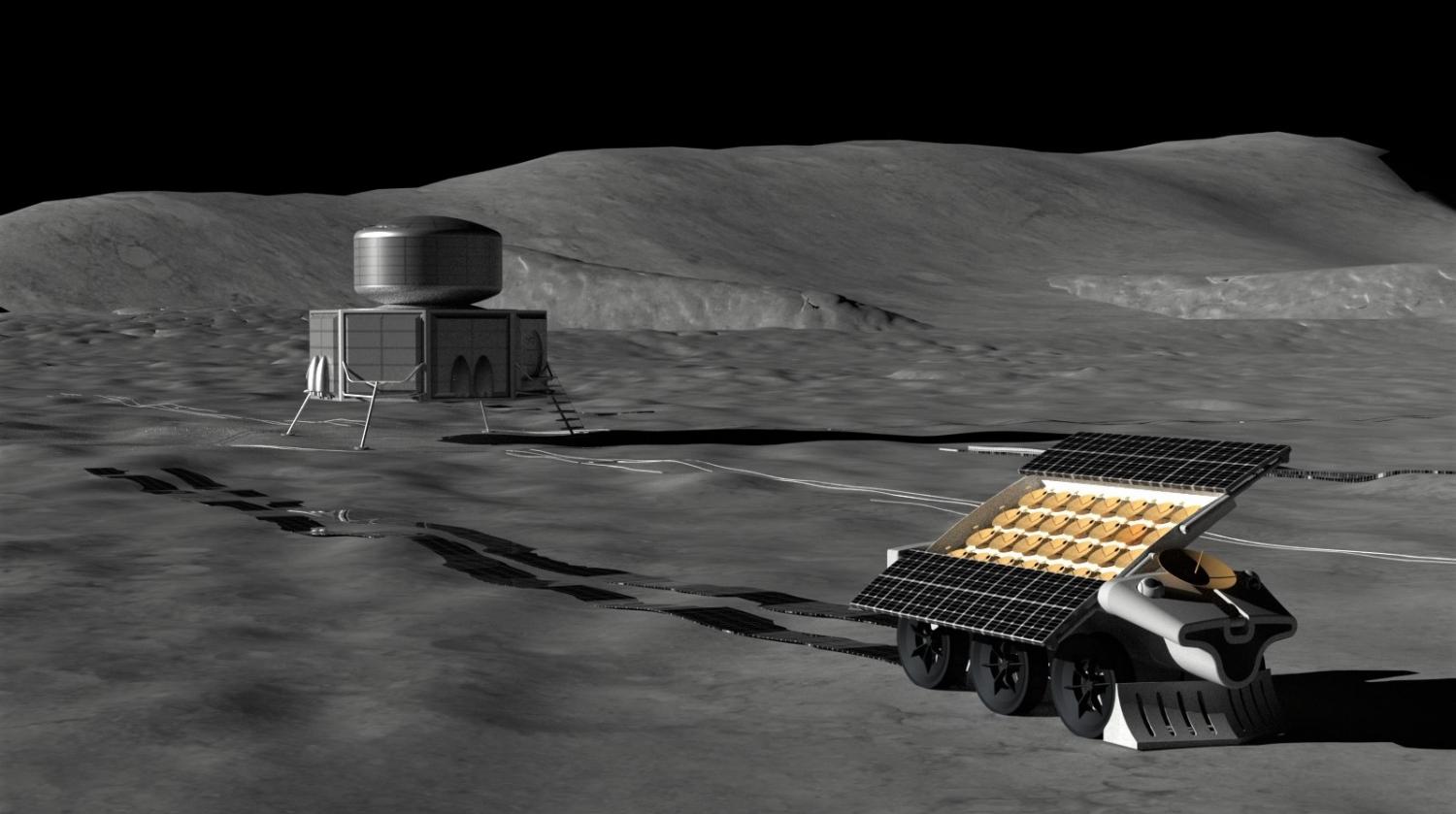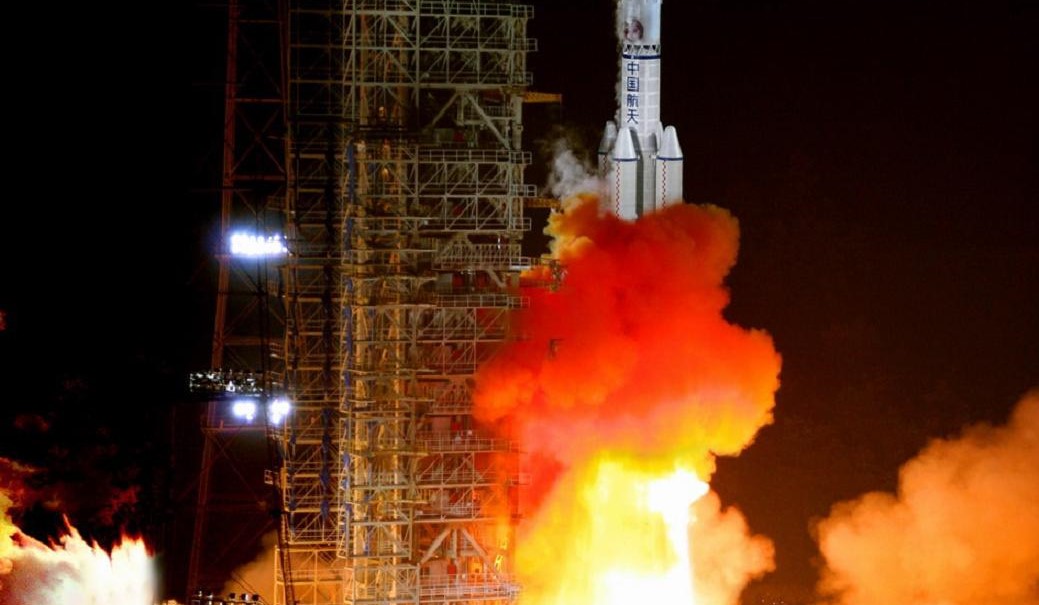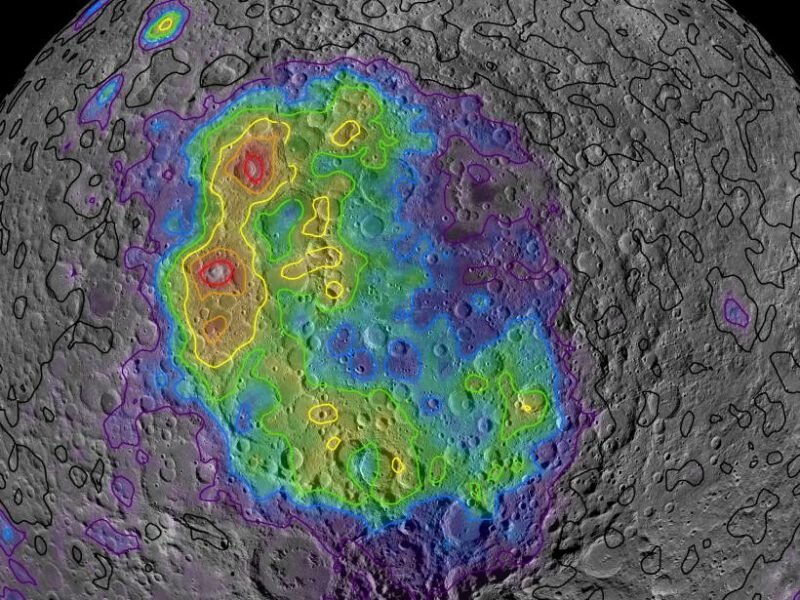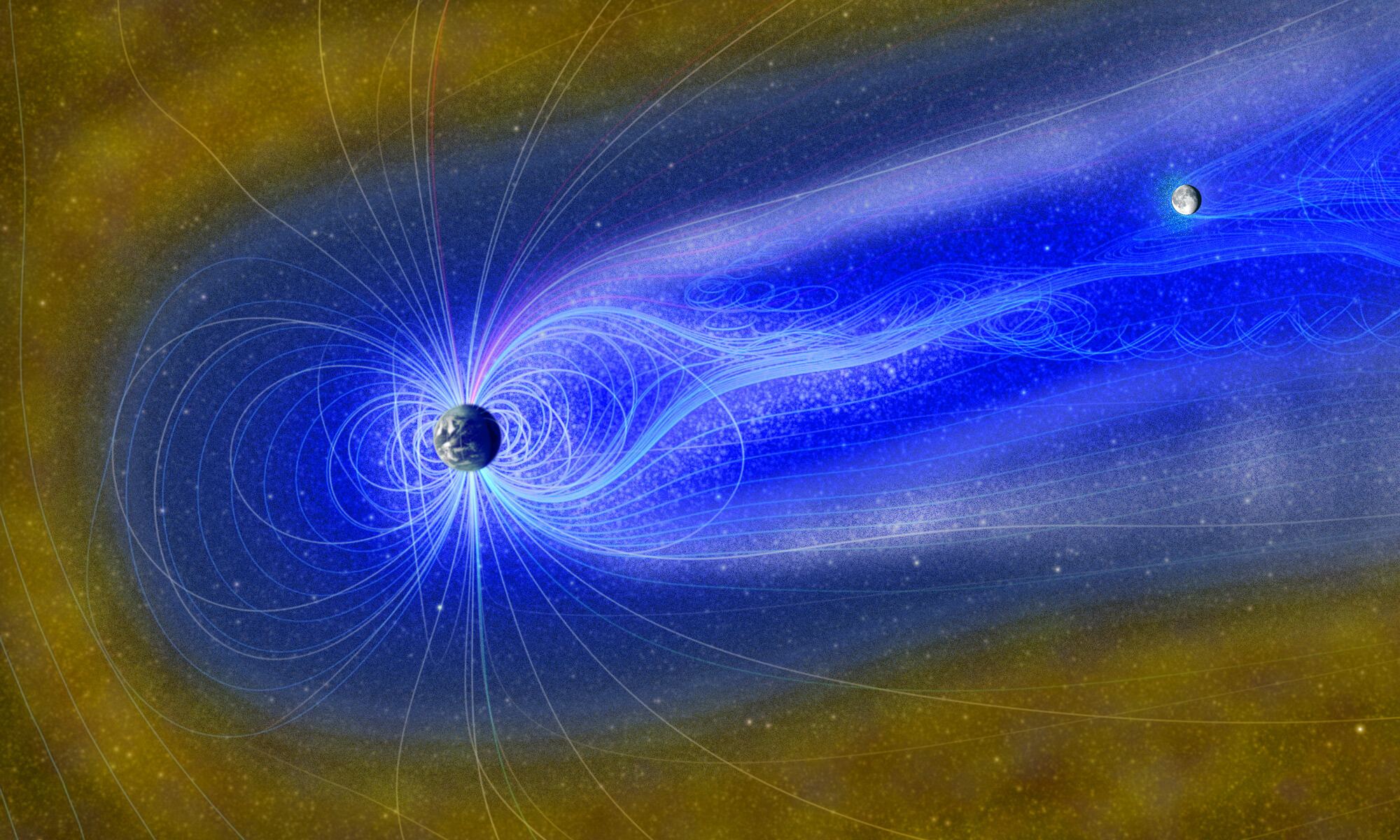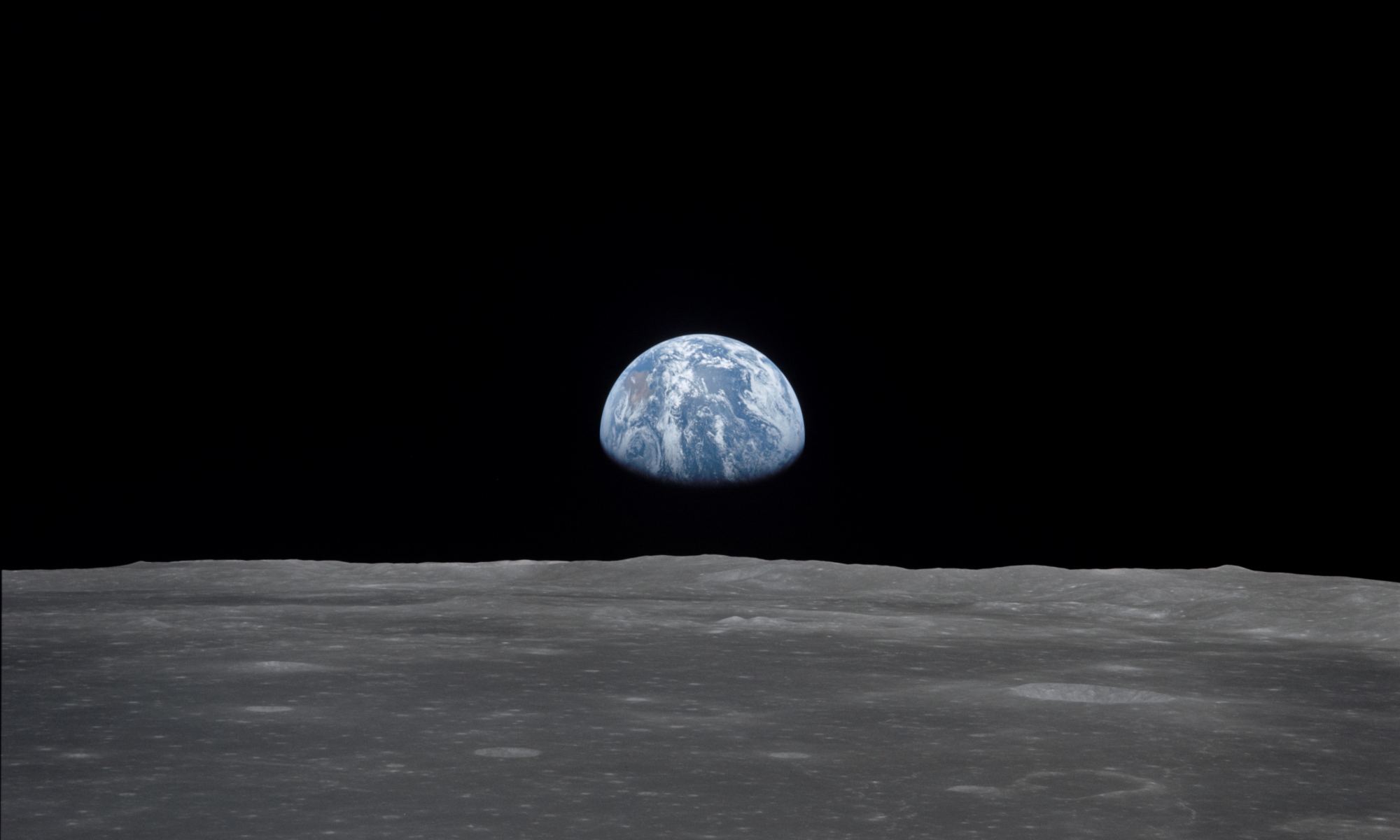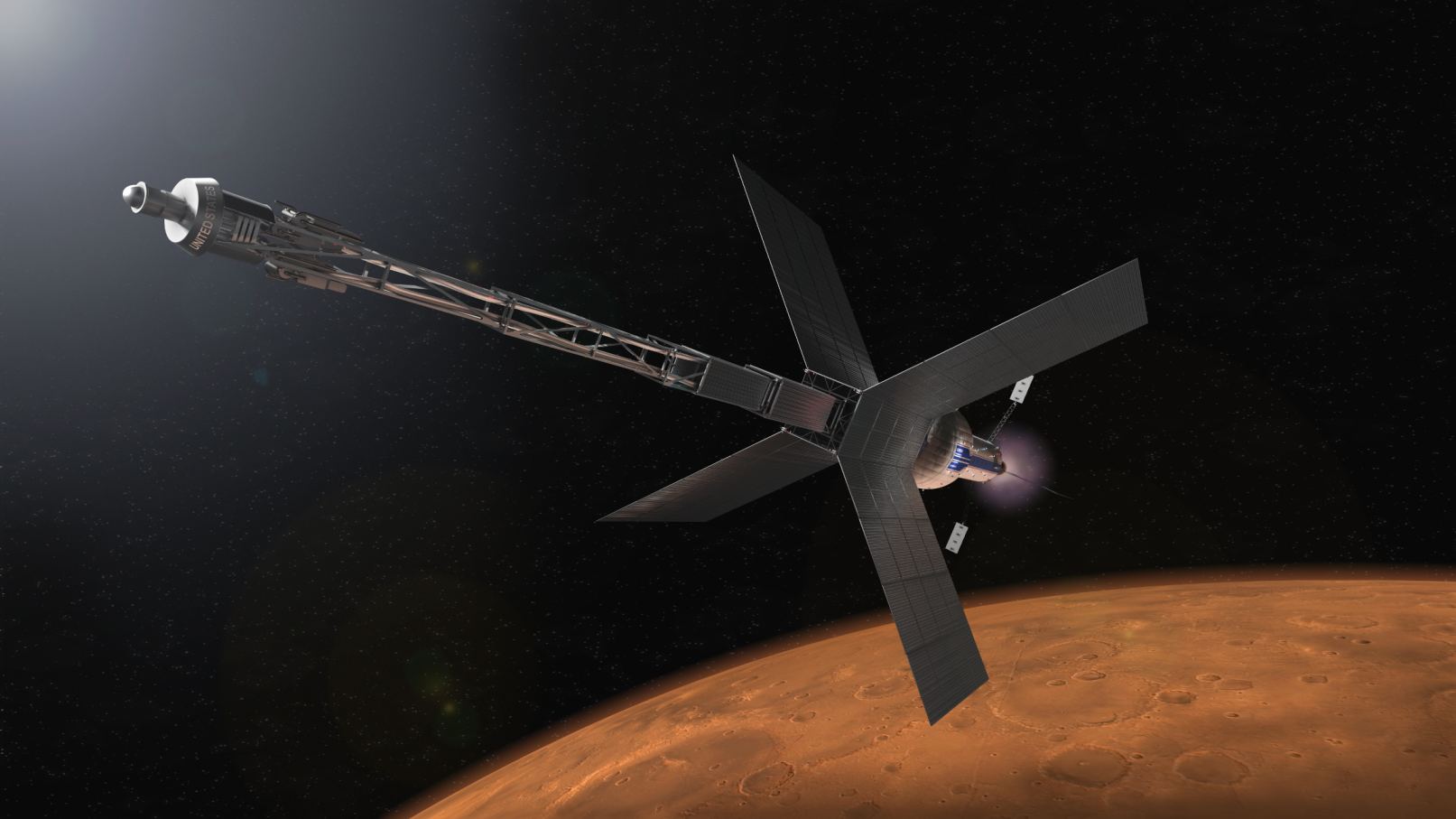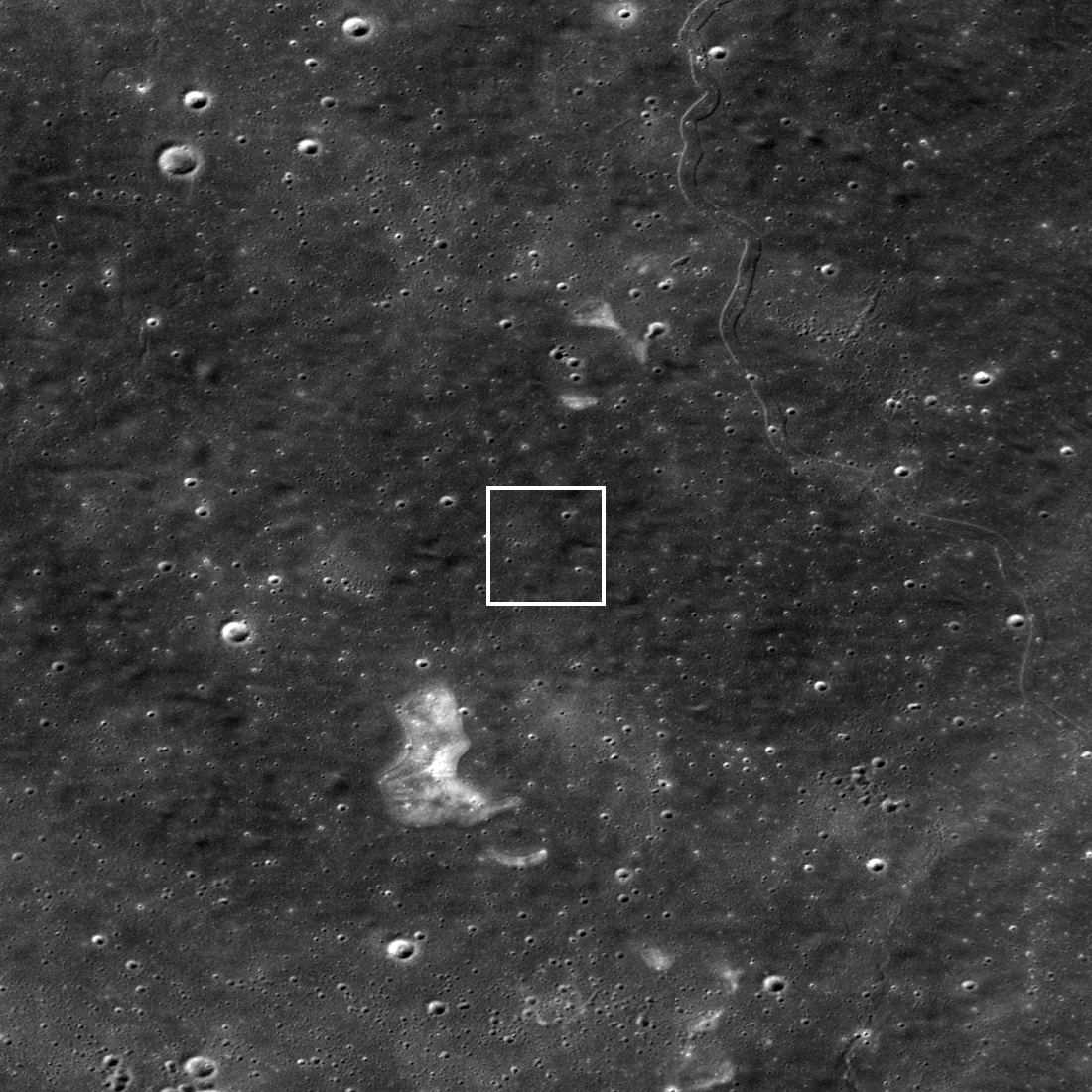In less than three years, astronauts will return to the Moon for the first time since the Apollo Era. As part of the Artemis Program, the purpose is not only to send crewed missions back to the lunar surface to explore and collect samples. This time around, there’s also the goal of establishing vital infrastructure (like the Lunar Gateway and a Base Camp) that will allow for “sustained lunar exploration.”
A key requirement for this ambitious plan is the provision of power, which can be difficult in regions like the South Pole-Aitken Basin – a cratered region that is permanently-shadowed. To address this, a researcher from the NASA Langley Research Center named Charles Taylor has proposed a novel concept known as “Light Bender.” Using telescope optics, this system would to capture and distribute sunlight on the Moon.
Continue reading “Exploring the Moon’s Shadowed Regions Using Beamed Energy”
